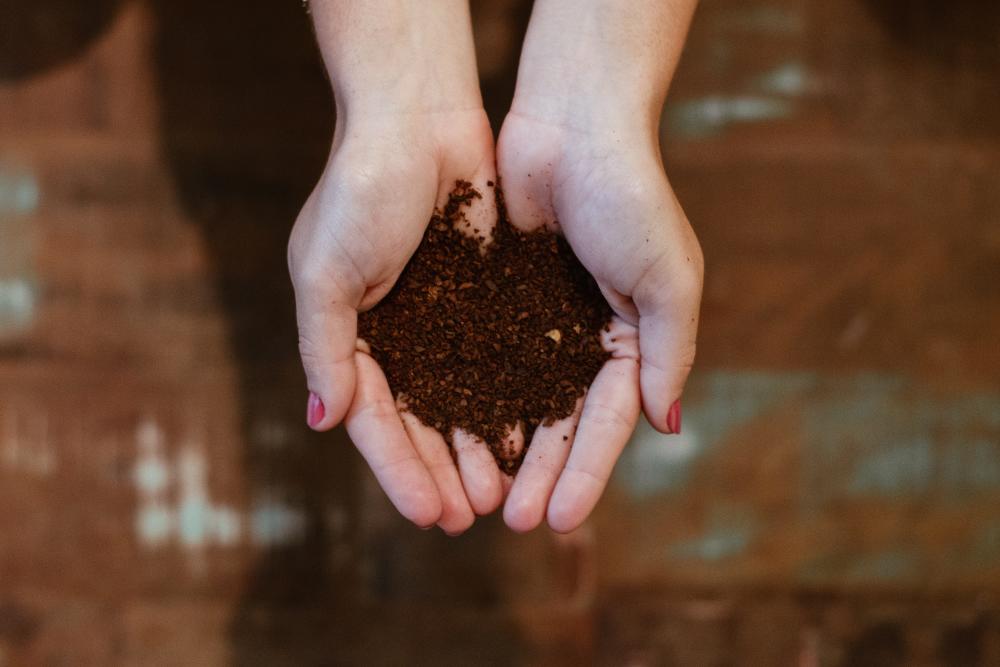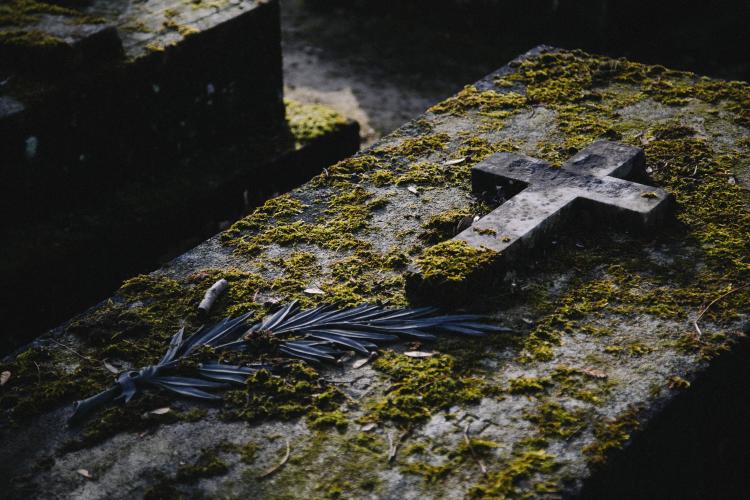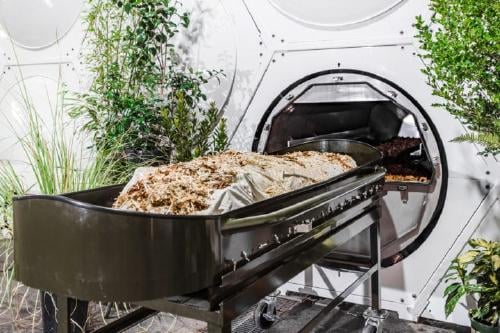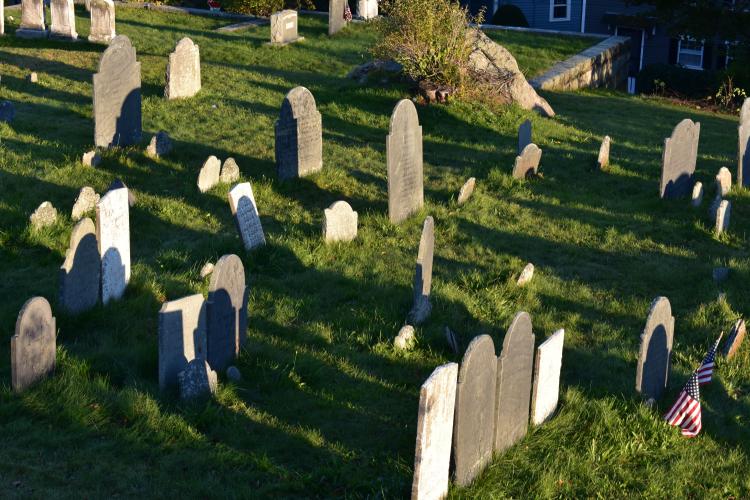
Death is sometimes considered a taboo topic, but isn't it part of the life cycle? And as if we were analysing a product life cycle, human end of life also means an environmental issue. Is Human Compost the sustainable alternative for humans' end of life?
When a person dies, there are two standard ways to proceed with his or her body: burial or cremation. But in the United States, a third has begun to be legalized: human composting. Washington state, the first to approve the method, has already opened its first facility in 2021 called Recompose, and the law it's been and will be discussed in other states, such as Colorado. But why Human Compost?
If you want to learn more about composting you can read Here is the complete Guide on how to Composting at Home.

Current and commonly used funerary practices are environmentally questioned. Around 2.7 million people die in the U.S. every year and most are buried in a conventional cemetery or cremated. This means fossil fuels emitting dioxide and particulates into the atmosphere due to cremation and valuable urban land used for conventional burial that pollutes the soil.
Both practices contribute to climate change in similar ways, emitting CO2 as a consequence of the practice itself and because of resource-intensive manufacturing and transport of headstones, caskets and grave liners. Embalming bodies means pumping corpses full of chemicals, and then giving over scarce real estate in cemeteries to house them. The process of cremation can release harmful mercury emissions when dental fillings are melted.
Supporters of the human composting bill say it will be a step forward for the environment, as the bodies would not take up space, no chemicals would leach into the ground as they do in traditional burial, and the process of releasing carbon dioxide into the air during cremation would be reduced.
Human composting considers organic matter as an essential component in the cycle that allows the death of one organism to nurture the life of another. Each body generates approximately 0.76 cubic meters of soil. As experts say, soil is the foundation of a healthy ecosystem: it filters water, provides nutrients to plants, sequesters carbon, and helps regulate global temperature. Human compost as a new method to lead with bodies after death can reduce 1.4 metric tons of carbon per person.

Human compost can also be analysed under the economic esphere. The so-called "natural organic reduction" has a lower cost in relation to traditional methods. Human composting is averaging $5,500 versus $7,000 for a traditional U.S. burial.
A service like Recompose does cost $5,500 including the body pickup, the paperwork, the process itself and an optional service. On the other hand, death care prices in the U.S. are sometimes difficult to find to compare: few funeral homes list costs online. According to a 2020 price survey by local nonprofit the People’s Memorial Association, cremation prices in Washington state vary by from $525 to $4,165 and burial prices from $1,390 for the most frugal burial to $11,100 for a complete, high-end funeral service.
Human compost would especially make sense in the more populated urban areas. Although cemeteries might not come to mind at the top of the list of concerns in urban planning, demand for cemetery space will rise in the coming years in America, and as it turns out, a suitable supply of cemetery space is already looking pretty scarce.
Life expectancy average in the US is nearly 78 years, and with that perspective, 76 million Americans are projected to reach that age between 2024 and 2042. If they were all buried in standard burial plots, it would require roughly 130 square miles of pure grave space, not counting roads, trees or pathways. That’s an area about the size of Las Vegas.

The process developed by Recompose is similar to that used for decades on farms to process animal carcasses. It was scientifically tested by Washington State University, which used six carcasses donated by volunteers. Composting was found to take between 4 and 7 weeks.
Recompose approaches in steps how human composting works. Microbes, oxygen, and plant matter combine to gently convert human remains into soil.
Organic reduction occurs inside a capsule, which is modular and reusable. The bodies are covered with wood chips and aerated, providing the perfect environment for natural microbes and beneficial bacteria. Over the course of about 30 days the body is completely transformed and creates a soil that can be used to grow new life.
The mixture, in addition to wood chips, uses alfalfa and straw to create an environment rich in carbon and nitrogen; aeration provides, along with oxygen, a temperature of up to 65ºC, which facilitates the task of microorganisms that destroy the human body, as well as pathogens and drugs. Everything - including bones and teeth - is transformed. The company removes the material at different times during the process to ensure complete decomposition.
After 30 days, upon opening the hexagonal steel container, where the body was left, items such as pacemakers, artificial hips and any other prostheses or artificial aids the person may have needed in life are separated and recycled, when this is possible. The material that the start-up returns to the families looks a lot like the humus you can buy at nurseries.
Green burials are trending in the United States. Actor Luke Perry, star of the series "Beverly Hills 90210", who died suddenly in March 2019, had asked to be buried in a suit made of fungi and other microorganisms, which helps the body decompose, neutralizes toxic substances and transfers nutrients to plant life at the end of the process.
The suit has been named Infinity Burial Suit and is a fully biodegradable garment. As explained on their website, the new shroud is made with a mixture of fungi and other microorganisms that facilitate the decomposition of the body and the transmission of nutrients to the soil and consequently to plants.

The law is into effect on May 1, 2020, at which time Washington residents will be able to choose between a coffin, being cremated or becoming fertile ground.
The Catholic Church in Washington rejected the measure, asserting that disposing of human remains in this manner does not show enough respect for the deceased. Advocates of the method of human compost disagree noting that this third option is spiritually charged. They consider that the idea of going back to nature in such a direct way, and being placed back into the cycle of life and death, is actually very beautiful.
Surely, climate change and sustainable issues are also a matter of life after life. In the end, from dust we come and to dust we go. Or, from dust we come and to humus we go.